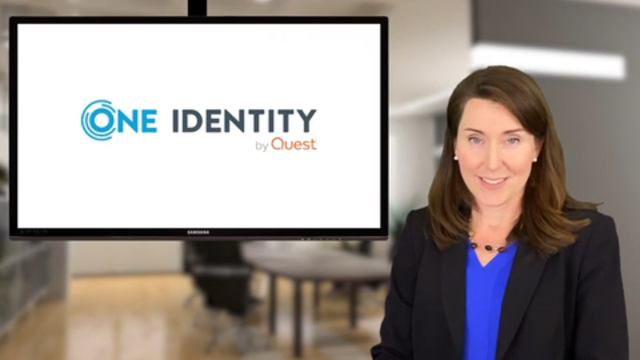How Healthcare can ensure Zero Trust Security
Healthcare organizations worldwide are under significant pressure on a number of related fronts, mostly how to efficiently and safely store, share and secure data. If they aren’t already, they should be exploring how to deploy a Zero Trust security model in their healthcare IT environments. The pandemic has rocked the entire industry – from the neighborhood clinic to the boardroom of the largest healthcare organizations. Healthcare facilities previously were largely spared from malware, ransomware and other types of cybersecurity attacks, but no more. In the first five months of 2021, there were 251 major security breaches reported in healthcare sector, and the trend is accelerating.
 05:47
05:47
Hospitals, clinics, payers, providers, and third-party service providers, such as prescription-management companies, are struggling to protect electronic health records (EHR), as well as other financial and business-partner data.
Zero Trust security lies at the center of the solution, as it ensures that the right people have the right access to critical information, provides a framework for compliance (HIPPA etc.), and delivers flexibility to accomplish your goals in a secure and efficient manner.
One Identity is trusted and proven in the healthcare industry, with 9 of the top 10 Fortune 1000 as customers. With a broad portfolio of products that combine just-in-time provisioning and permissions to deliver on the on the promise of zero trust. One Identity provides customers with the tools necessary to address some of their most complex challenges without disrupting the organization.
One Identity Makes Zero Trust Security a Reality
Zero Trust is rapidly becoming the security model of choice among IT leaders as it is a trusted approach to identity security. With a more intentional method for security and privileged access management, Zero Trust’s mantra of “never trust, always verify” differs from the least privileged model. This white paper covers the components of achieving a robust security posture.
For many organizations, Zero Trust is well within reach when they rely on modular and integrated solutions, including privileged access management (PAM), Active Directory (AD)/Azure AD management, event collection, and identity governance and administration (IGA).
This integrated approach enables you to satisfy the core tenets of Zero Trust security while providing an optimal end-user experience.
Making zero Trust Real on-demand webinar
It is critical to protect against AD/AAD-targeted security threats and to provide visibility and control over privileged access. You must also reduce errors and be sure your hybrid Active Directory environment is optimized. The ideal solution will tell you what happened, help remediate the effects and help prevent it from happening again.
Establishing zero trust and least privileged access is key to secure privileged accounts. View this on-demand webcast, in which you will learn the right way to implement Privilege Security, as well as how you can secure every user, session, and objects across your environment.
United Health Group, Optum Case Study
Optum provides new users with needed IT access 80% faster while increasing control, insight and efficiency with Identity Manager.
“By using Identity Manager…the time to get someone into a productive environment where they can start supporting the customer is 80 percent faster than it was previously.”
- Dan Slodowick, Director of Information Security, UnitedHealth Group, Optum
